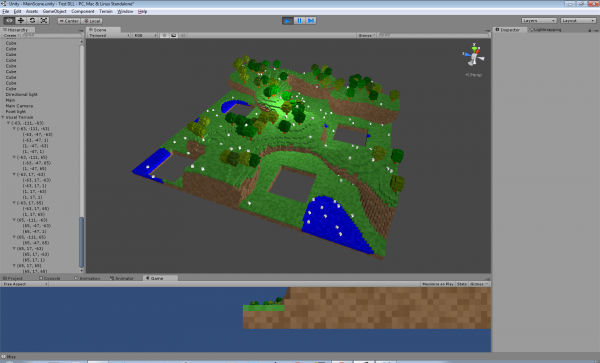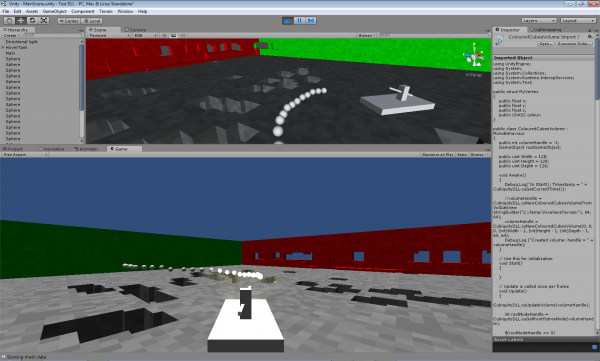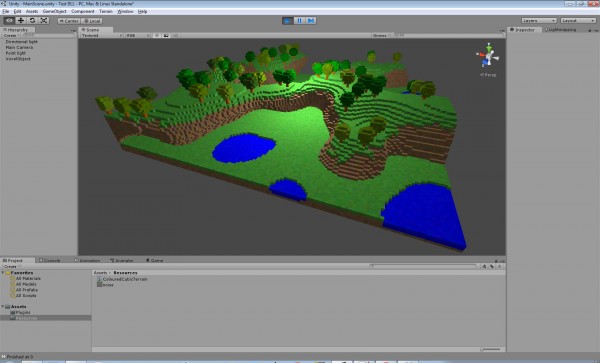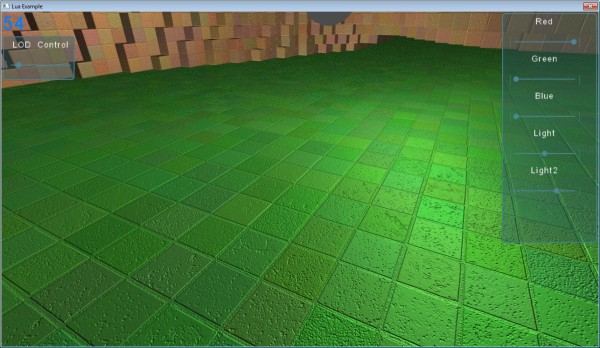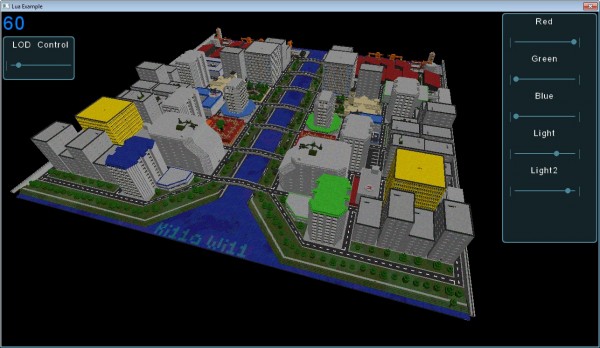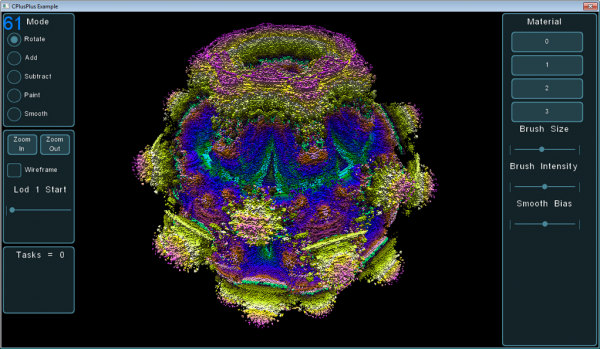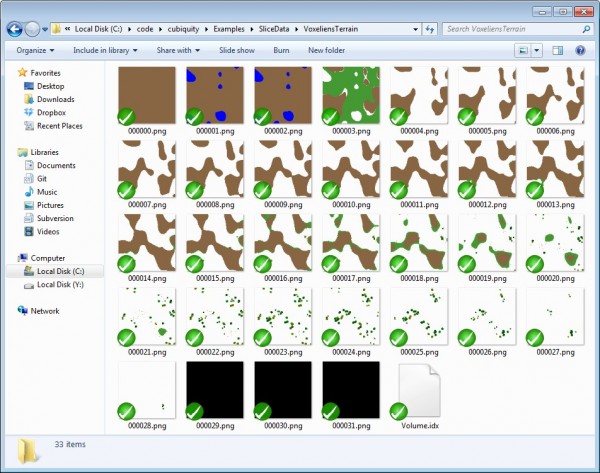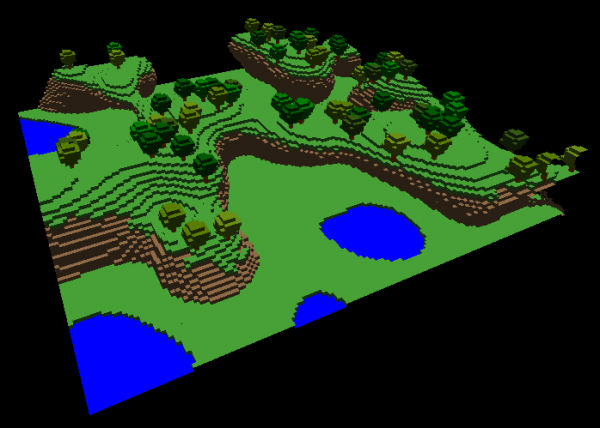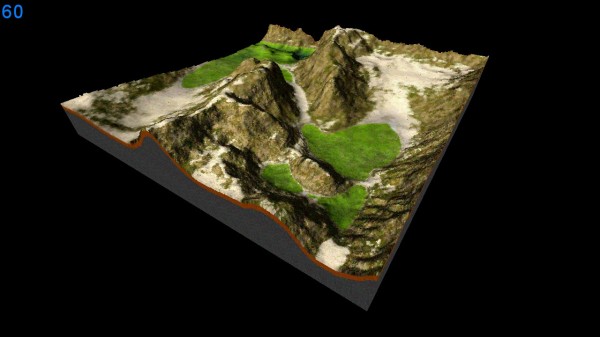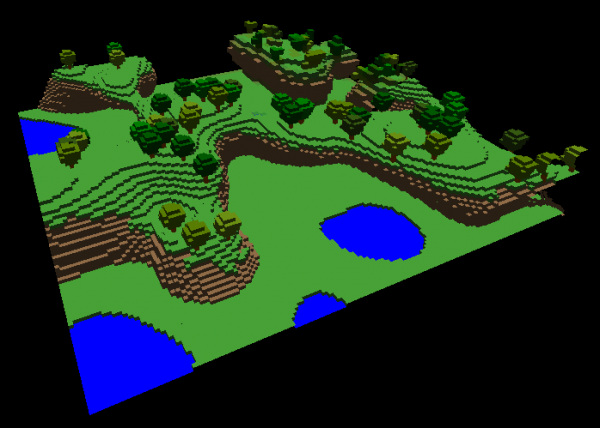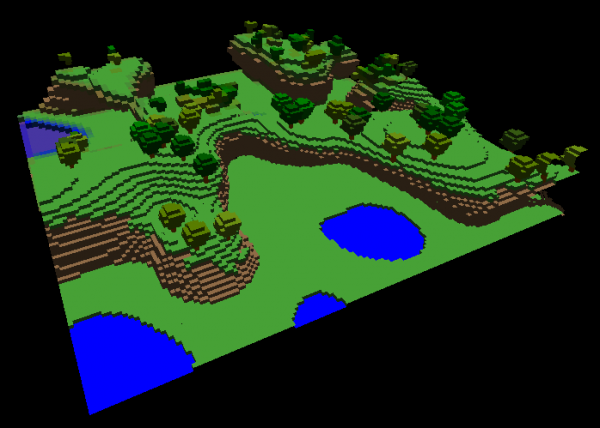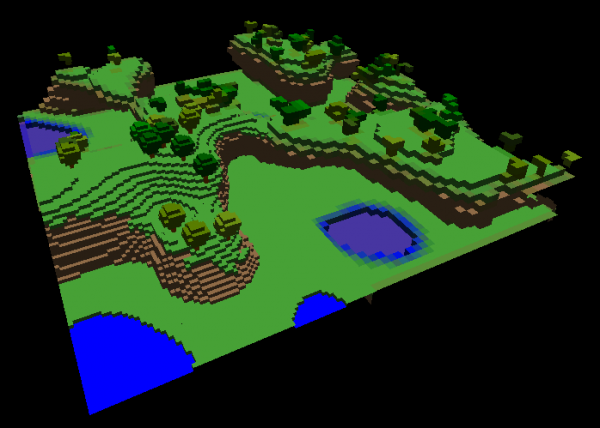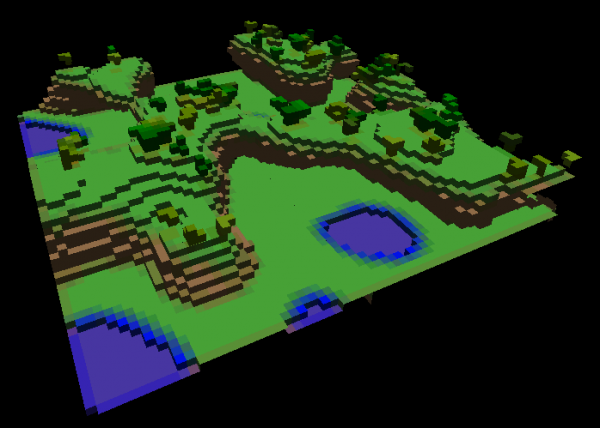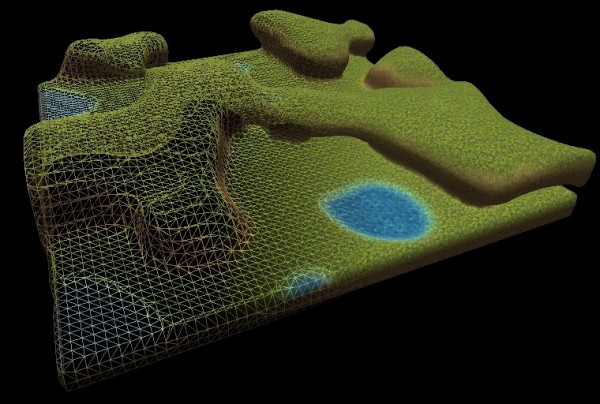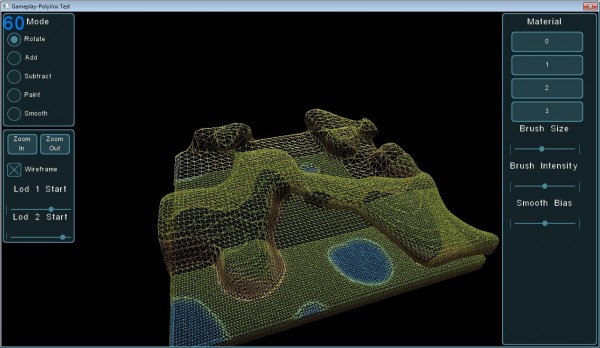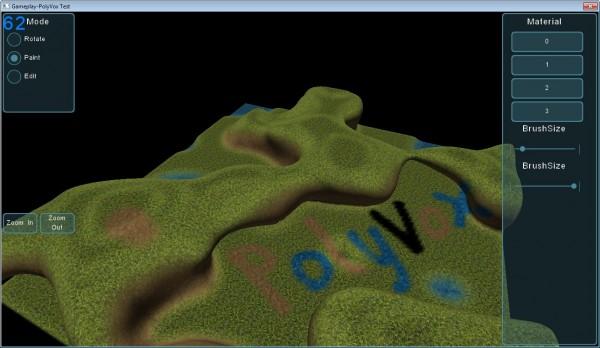![]() After much waiting I’m pleased to say we are now making available the first test release of our Cubiquity and Unity3D integration. It’s hard to overstate how much this is simply a proof of concept, but with that in mind it does work pretty well. The test basically allows you to drive a tank around a small voxel arena and destroy the environment in real time. See the video below:
After much waiting I’m pleased to say we are now making available the first test release of our Cubiquity and Unity3D integration. It’s hard to overstate how much this is simply a proof of concept, but with that in mind it does work pretty well. The test basically allows you to drive a tank around a small voxel arena and destroy the environment in real time. See the video below:
Getting this far has taken longer than expected, basically due to a lack of familiarity with Unity. It’s a very nice system but a few things take some getting used to. I was also under the mistaken impression that Unity Pro would let us use our C++ code directly, where as in reality you have to wrap it in a C API and build a .dll which you load at runtime. This was some extra work but at least it is done now.
It works with Unity Free!
The unity documentation states that plugins are a Pro-only feature, but I was pleased to find that Unity Free also supports them via a simple work around (see ‘download’ section below). I’m not sure how legitimate this is but it does at least mean we can make the system available to Unity Free users for testing. Our plan is therefore to release a free version of our plugin so that users can become acquainted with the system before they buy. This version will probably be limited in volume size or something… exact details are still to be decided.
What can I do with it?
This test version lets you play around in the ‘tank arena’ shown in the video above. If you’re feeling adventurous you can make some tweaks to GameLogic.cs but it may crash at some point (and take Unity with it!). The integration code is not yet in a separate library so you can’t easily drop it into your own projects, but that will come soon.
Download
You can download the Unity project at the link below:
http://www.volumesoffun.com/downloads/Cubiquity/CubiquityUnity3DTest.zip
If you have Unity Pro you can probably just unpack the zip file, load the main scene, and press play. However, this is untested as I don’t have Unity Pro, so please let us know if it doesn’t run.
If you have Unity Free you need to move ‘CubiquityC.dll’ from ‘assets/plugins’ into your system folder. This means placing it in ‘Windows/SysWOW64’ folder on a 64-bit system (tested) or ‘Windows/System32’ on a 32-bit system (untested). I need to do some more experiments to determine if there are better options like just placing it alongside your executable.
Anyway, I’ll leave it at that but do let us know what you think or if you have any problems/suggestions.


